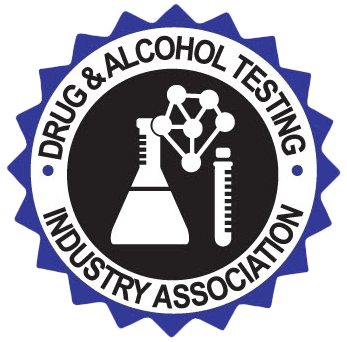
What is an Amphetamine?
Amphetamines are a class of powerful central nervous system stimulants that have been used for various medical and non-medical purposes. These synthetic drugs affect neurotransmitter activity in the brain, leading to increased alertness, energy, and a sense of euphoria. Initially developed for medical purposes such as treating attention deficit hyperactivity disorder (ADHD) and narcolepsy, amphetamines have also gained notoriety due to their potential for misuse and addiction.
What are the effects/side effects?
The effects of amphetamines vary depending on the dosage, route of administration, and individual factors. Therapeutically, prescription amphetamines can improve attention, concentration, and impulse control in individuals with ADHD. However, their misuse or abuse can lead to a range of adverse effects. These effects can include increased heart rate, elevated blood pressure, restlessness, insomnia, decreased appetite, and an intense sense of euphoria. Prolonged misuse of amphetamines can lead to more serious health issues such as cardiovascular problems, anxiety, paranoia, and addiction.
How does it appear?
A person under the influence of amphetamines might exhibit various physical and behavioural signs. Physically, they could appear more alert and energetic, with dilated pupils and an increased heart rate. They may talk rapidly, exhibit restlessness, and have difficulty sitting still. Their behaviour may be marked by increased sociability, excessive confidence, and impulsivity. In some cases, prolonged use can result in noticeable weight loss, skin problems, and dental issues, particularly with methamphetamine use.
Can you test for it?
Various methods are available to test for the presence of amphetamines in a person’s system. These tests are commonly used in medical, employment, and legal contexts:
Urine Tests: Urine drug tests can detect the presence of amphetamines and their metabolites. These tests are widely used due to their accuracy and ease of administration. They can indicate recent use but do not accurately reflect long-term usage.
Blood Tests: Blood tests can provide information about current drug levels in the bloodstream. They are often used in medical settings and situations where immediate drug detection is necessary.
Saliva Tests: Saliva tests are non-invasive and can detect recent amphetamine use. They are commonly used in roadside drug testing and are less intrusive than blood or urine tests.
Hair Tests: Hair Drug Tests can provide a longer detection window, sometimes up to 90 days, but they are less commonly used due to the time required for drug incorporation into hair.
Amphetamines, while having legitimate medical uses, also pose a risk for misuse and abuse. Understanding what amphetamines are, their effects and side effects, how a person using them might appear, and the available testing methods can contribute to informed decisions about their use. It’s crucial to approach amphetamines with caution, particularly in cases where they are used outside of prescribed medical treatment, to mitigate potential health risks and ensure overall well-being.
Impact in the Workplace
The use of Amphetamines outside of their prescribed intent can negatively impact an individual’s long-term health affecting other aspects of their life. Substantial evidence suggests a significant association between drug and alcohol abuse (DOA) and increased workplace absenteeism. Roche, Pidd, and Kostadinov (2016) reported an annual loss of approximately 2.5 million workdays due to DOA-related absenteeism, resulting in a substantial financial deficit of $680 million. To address this issue workplaces are encouraged to establish comprehensive DOA policies. Brassets Group are committed to partnering with clients to develop and implement robust and efficient Drug and Alcohol Management strategies including the implementation of the aforementioned testing methods.
Reference:
Roche, A., Pidd, K. and Kostadinov, V. (2016), Alcohol- and drug-related absenteeism: a costly problem. Australian and New Zealand Journal of Public Health, 40: 236-238. https://doi.org/10.1111/1753-6405.12414











